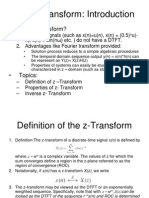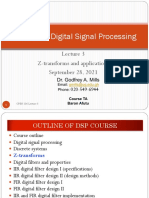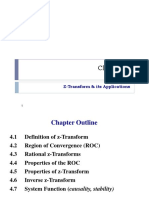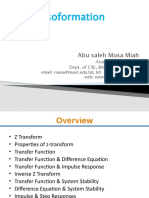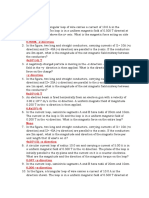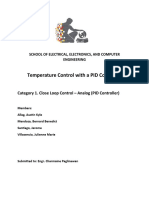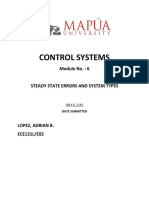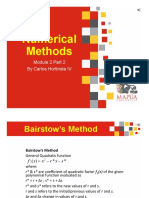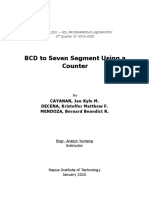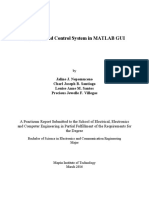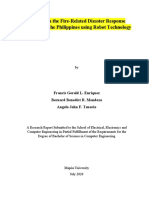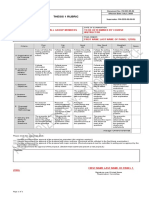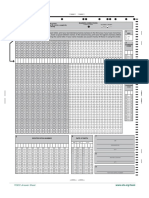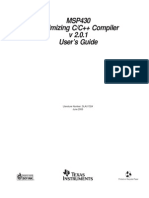0% found this document useful (0 votes)
273 views8 pagesProperties of The ROC of Z-Transform
The document discusses properties and applications of the z-transform, which is used to analyze discrete-time signals and systems similarly to how the Laplace transform is used for continuous-time cases. Key points covered include:
- The z-transform maps a discrete-time signal to a complex frequency domain representation, with a region of convergence determining which values of z the summation converges.
- Properties like linearity and shifting allow relating z-transforms of modified sequences to the original. Convolution in the time domain corresponds to multiplication in the z-domain.
- Examples demonstrate calculating z-transforms directly from definitions or tables, as well as finding the original sequence from an inverse z-transform.
Uploaded by
Benj MendozaCopyright
© © All Rights Reserved
We take content rights seriously. If you suspect this is your content, claim it here.
Available Formats
Download as PDF, TXT or read online on Scribd
0% found this document useful (0 votes)
273 views8 pagesProperties of The ROC of Z-Transform
The document discusses properties and applications of the z-transform, which is used to analyze discrete-time signals and systems similarly to how the Laplace transform is used for continuous-time cases. Key points covered include:
- The z-transform maps a discrete-time signal to a complex frequency domain representation, with a region of convergence determining which values of z the summation converges.
- Properties like linearity and shifting allow relating z-transforms of modified sequences to the original. Convolution in the time domain corresponds to multiplication in the z-domain.
- Examples demonstrate calculating z-transforms directly from definitions or tables, as well as finding the original sequence from an inverse z-transform.
Uploaded by
Benj MendozaCopyright
© © All Rights Reserved
We take content rights seriously. If you suspect this is your content, claim it here.
Available Formats
Download as PDF, TXT or read online on Scribd
/ 8
















